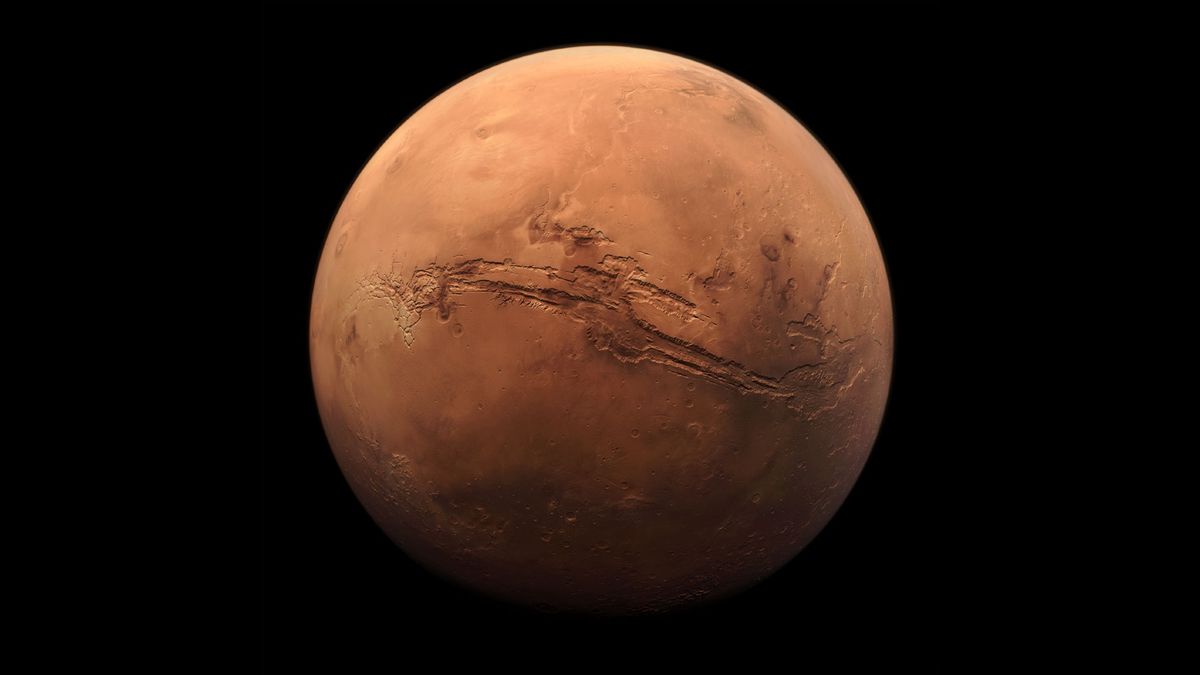The Formation of Gas Giants
One of the notable enigmas of our solar system is the diverse nature of its planets, with some being predominantly composed of gas rather than solid rock, in stark contrast to Earth. The concept of standing on a gas giant like Jupiter is impractical due to its gaseous composition and tremendous pressure. This distinction even poses a challenge for video game developers trying to accurately depict these massive gas worlds in scenarios like trying to land on a simulated Neptune within a game like Starfield.
Scientists are equally intrigued by these massive gas orbs and are leveraging the capabilities of the James Webb Space Telescope (JWST) to delve deeper into the dynamics of gas giant formation. Recently, a team of researchers disclosed significant progress in unraveling the mysteries surrounding how long it takes for gas giants to form around host stars before the dissipation of surrounding gas.
Probing the Disk Wind
By employing the JWST, the research team focused on investigating the phenomenon known as the “disk wind,” a process involving gas emanating from a protoplanetary disk around stars. These disks contain a mix of materials that could potentially facilitate planet formation, including non-gaseous debris like dust that eventually coalesces to form rocky planets such as Earth.
Naman Bajaj, the lead author of the study from the University of Arizona’s Lunar and Planetary Science Laboratory, emphasized the importance of understanding the physical mechanisms underlying the disk wind process to gauge its overall impacts. Through their observations, the team aimed to shed light on the rate at which gases deplete from the disk and its implications for planet formation.
One key aspect analyzed by the researchers was the prevalence of neon emission lines within the protoplanetary disk to track the evolution and movement of gas within the system. Neon, a noble gas with distinct properties, serves as a valuable indicator for ionization processes occurring within the disk, hinting at the overall dynamics of the gas flow.
The findings unveiled unexpected revelations, such as the detection of argon emission lines alongside neon signatures, offering new insights into the intricate mechanisms at play within protoplanetary disks. The team’s meticulous observations and analyses using the JWST exemplify a pivotal advancement in our comprehension of gas giant formation and planetary evolution.
Implications and Future Prospects
The groundbreaking discoveries arising from this study not only bolster previous research endeavors but also pave the way for a myriad of captivating future investigations. Insights gleaned from the detailed examination of disk-wind phenomena have sparked simulations elucidating the role of photoevaporation in driving gas dispersal from protoplanetary disks.
Furthermore, the study highlights the pivotal role played by the James Webb Space Telescope in revolutionizing our understanding of celestial phenomena. Through its unparalleled infrared sensitivity, the JWST continues to unveil the intricate tapestry of the universe, building upon the legacy of scientific exploration and propelling us towards new frontiers of knowledge.
This study, published in The Astronomical Journal on March 4, underscores the significance of collaborative research efforts and cutting-edge technologies in unraveling the complexities of gas giant formation and planetary systems.
Image/Photo credit: source url





